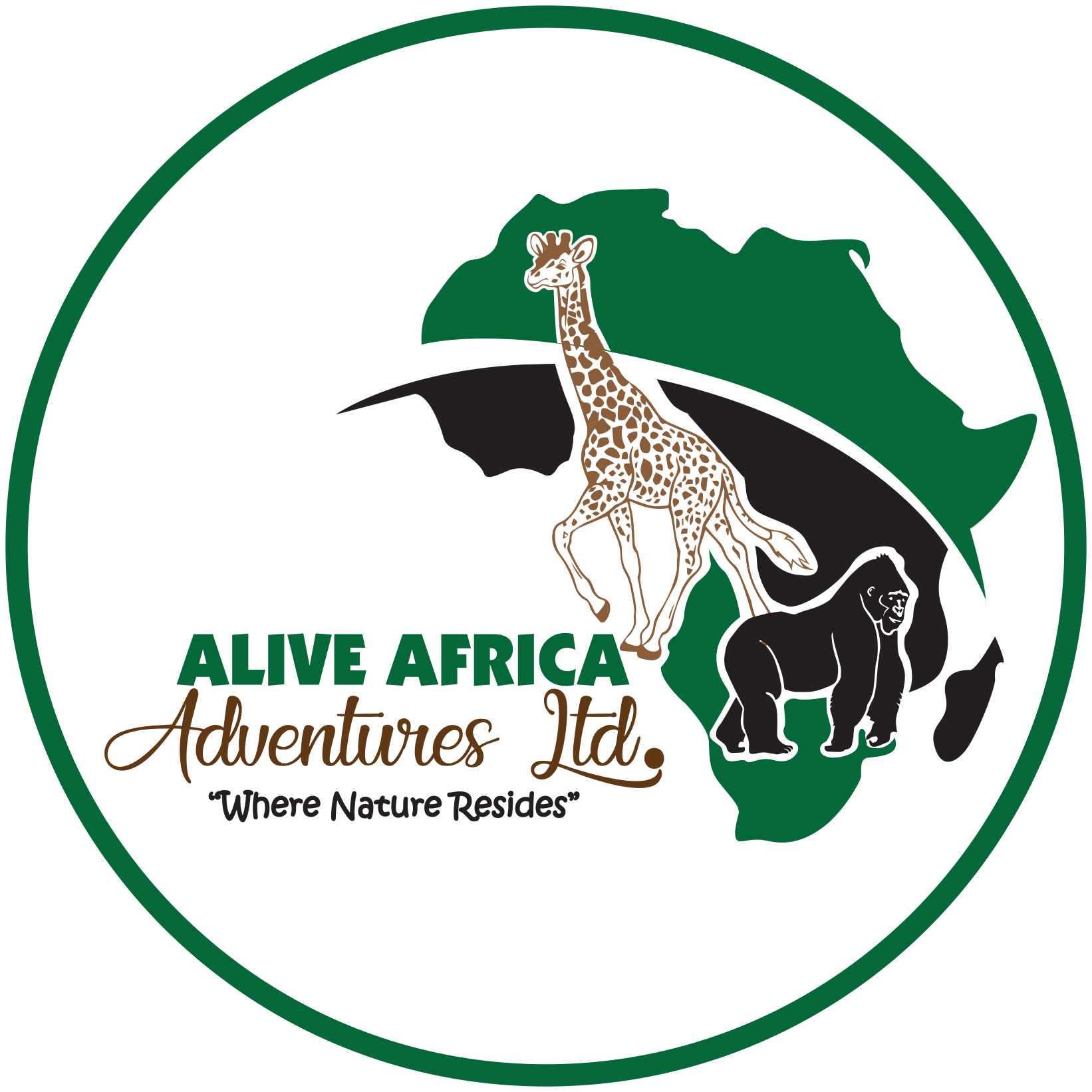- Home
- Uganda
- Gorilla Safaris
- 22 Days Best of Uganda Gorilla, Chimps and Wildlife Safari
- 10 Days Gorilla Chimpanzee, and Wildlife Safari
- 10 Days Uganda Safari with Gorillas
- 8 Days Uganda Gorillas & Chimpanzee Safari
- 6 Days Gorilla And Chimpanzee Tracking In Uganda
- 5 Days Gorilla Trekking and Queen Elizabeth
- 4 Day Gorilla and Chimpanzee Trekking Safari
- 4 Days Gorilla Tracking and Bisoke Hiking
- 4 Days Luxury Gorilla Double Trek
- 9 luxury fly in gorilla trekking and habituation
- 4 Days Golden Monkey and Gorilla Trekking Safari
- 3 Day Uganda Gorilla Safari Tour
- 9 days fly in Best of Uganda
- 3 Day Gorillas and Lake Bunyonyi
- 2 Days Fly-in Gorilla
- Wildlife Safaris
- 15 Day Uganda Safari Tour
- 14 Days Uganda Ultimate Primate Safari Holiday
- 12 Days Uganda Safari Adventure
- 9-Day luxury Fly-In Safari in Uganda
- 7 Days Jinja Sipi and Kidepo Valley
- 6 Days Gorillas Wildlife and Chimpanzee Safari
- 5 Days Luxury Murchison Falls Safari Tour
- 5 Days Gorillas And Lake Mburo
- 4 Days Gorilla Tracking, Hiking and Lake Mutanda
- 4 Days Mburo Queen Elizabeth Wildlife Safari
- 3 Day Kibale Forest Chimpanzee Tracking
- 3 Days Safari to Murchison Falls national park
- 4 days fly in Kidepo valley national park
- 3 Day Safari to Queen Elizabeth National Park
- Gorilla Safaris
- Rwanda
- 2 days Bwindi gorilla via kigali
- 12 Day Great Apes Rwanda Safari Holiday
- 5 days cultural and gorillas Rwanda
- 7 Day Highlights of Rwanda Safari Holidays
- 6 Day Rwanda Primate Safari Holiday
- 5 Days Gorilla Chimps and Lake Kivu
- 3 days Gorilla trekking via Kigali
- 4 Days Golden Monkey and Gorilla Trekking Safari
- 3 Days Akagera National Park
- 11-Day Uganda-Rwanda Tour
- 6-day Lake Kivu and Nyungwe safari
- 15 days Uganda Rwanda safari
- Kenya
- Tanzania
- Blogs
- About Us
- Contact Us
